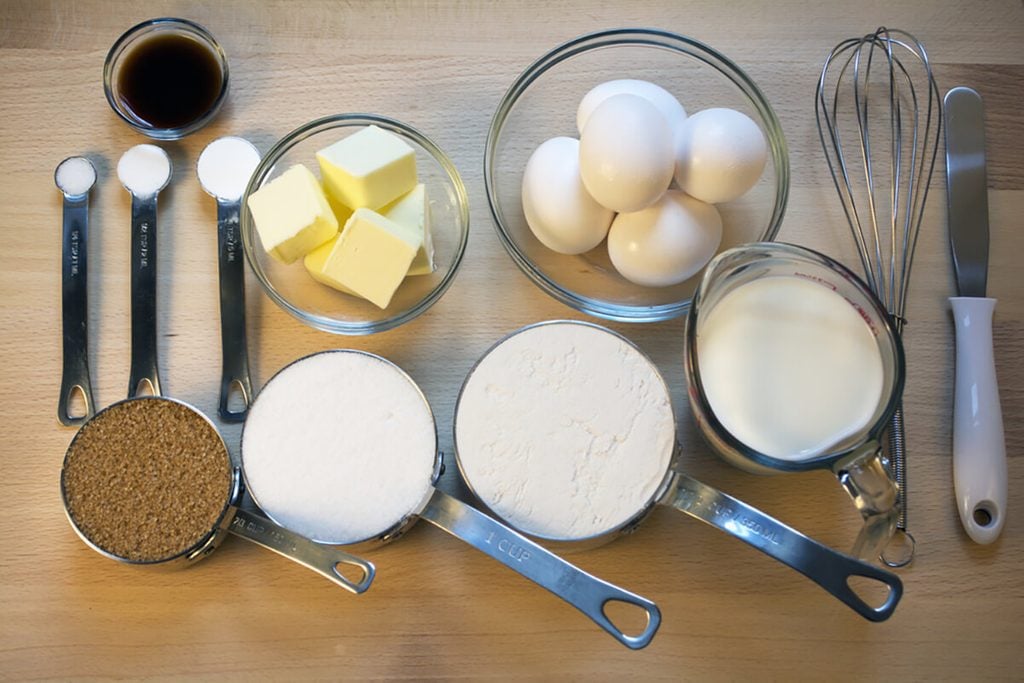Is There Really a Difference Between Liquid and Dry Measurements?
Updated: May 19, 2023

People often ask us if they really need separate measuring cups for wet and dry ingredients. If you are serious about baking, the answer is yes! Here's why.
If you’ve ever found yourself battling kitchen clutter, you might have wondered if you really need separate measuring cups for wet and dry ingredients. It would be so convenient to be able to use the same measuring cup for both milk and flour when making something like a cake! But unfortunately, this isn’t a very reliable option. While liquid and dry measuring cups do hold the same volume, the difference is that each is specially designed to do a better job of measuring its respective ingredients.
As an example, think about how flour is measured. If you learned how to measure flour the right way, you scoop the flour into the dry measuring cup until it spills over the top, then level it off with the backside of a knife. In contrast, you measure water by filling up a spouted measuring cup until the meniscus (or the lowest point of the gentle curve seen at the top of the water) reaches the appropriate marking on the cup.
Problems arise if you try to use cups intended for dry ingredients for wet measurements and vice versa. If you measured a cup of flour in a vessel designed for wet ingredients, there’d be no way to level it off since the gradations don’t reach the top of the cup. You’d end up tapping it on the counter or shaking it, which would ultimately cause the flour to settle and the cup to hold more than the nice fluffy flour the recipe intends, making your measurements incorrect.
Similarly, pouring water into a cup made for dry ingredients would mean filling it to the brim, and you’d be likely to slosh and spill some of it as you carried it to your mixing bowl. A cup for measuring wet ingredients doesn’t have marks to the tiptop for this very reason!
If you must use one type of cup for all kinds of ingredients, you can still be a successful cook; it will just be a little more challenging. This is especially true in baking, where proper measurements are crucial—a batch of cookies will look completely different if it’s made with just a little more or less than the specified amount of flour. One option to consider is a special adjustable measuring cup with a generous rim and markings for liquids on one side and markings for dry ingredients on the other side.
All that said, the only way to be completely exact in measuring is to weigh your ingredients on a kitchen scale, so add one to your kitchen wish list. Here are our top picks for the best kitchen tools around, including a great kitchen scale.
